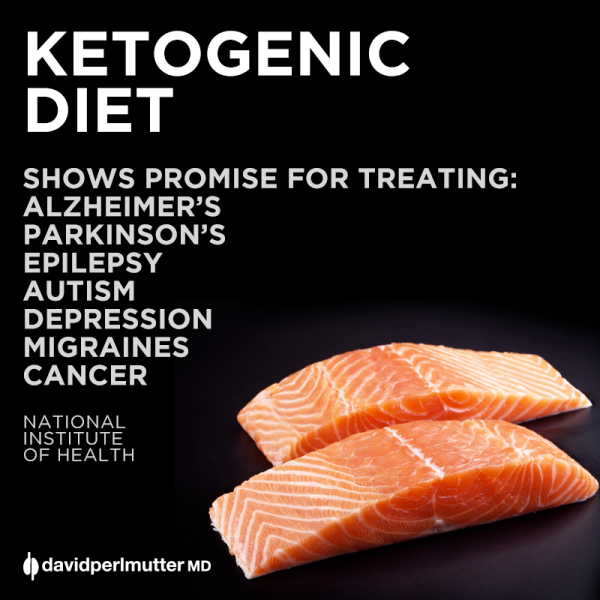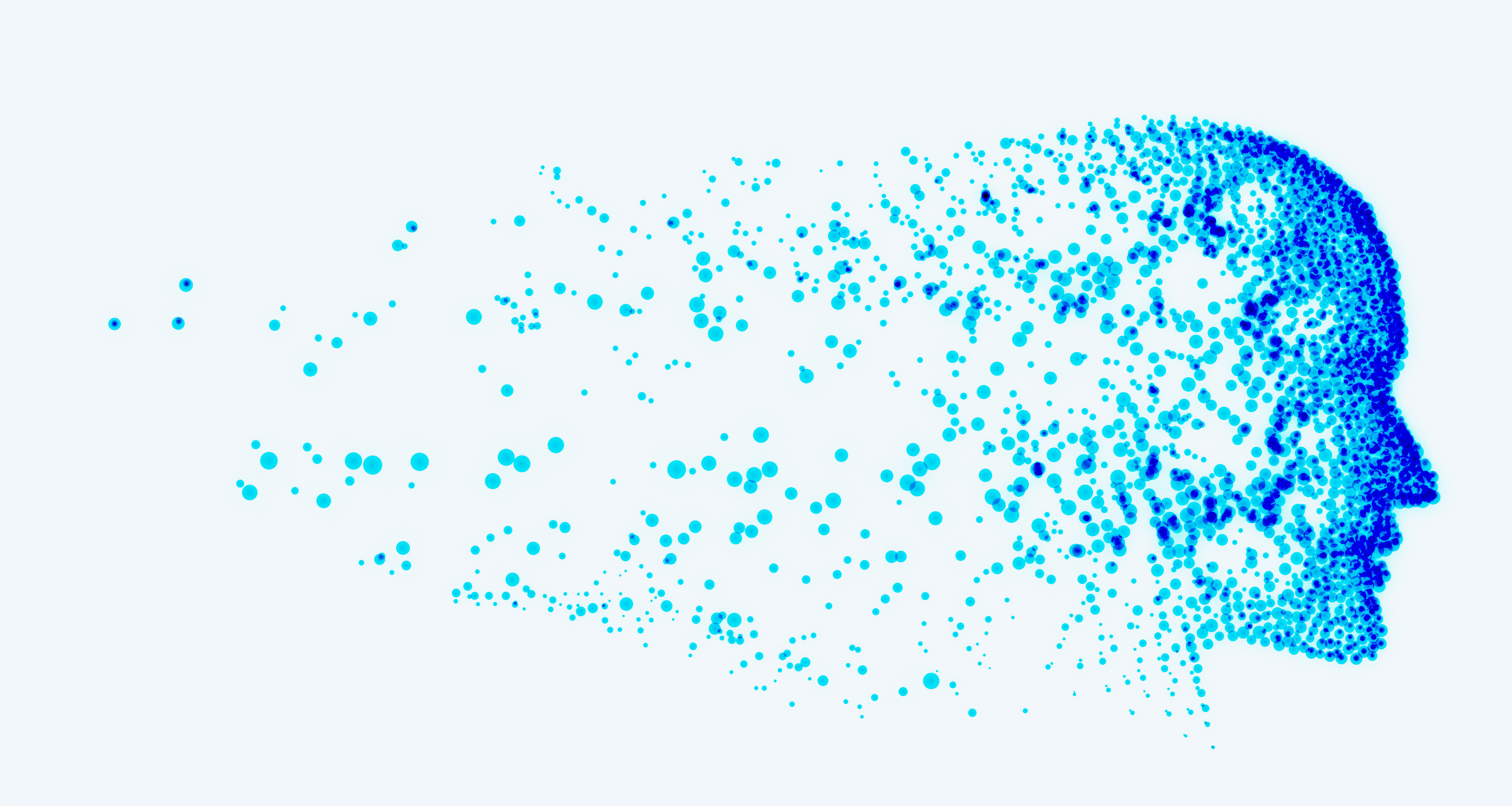The Ketogenic Diet
Diet therapy in childhood epilepsy

Dietary therapy in childhood epilepsy
The high-fat and low-carbohydrate ketogenic diet began to be used in the treatment of epilepsy in the early 1920s. With the discovery of new drugs such as phenytoin, it remained an old treatment forgotten until the 90s. In refractory epilepsy, a significant decrease in the number of seizures in half of the patients and complete seizure control in approximately 15% of the patients were reported with the ketogenic diet. Diet, which was among the last treatment choices, has become one of the first treatment options in epileptic encephalopathies such as myoclonic, astatic epilepsy, Dravet syndrome and infantile spasm, with increasing knowledge and the effectiveness of more easily applicable modified forms.
Can the Ketogenic Diet Treat Epilepsy?
Ancient Greek physicians were the first to notice that epilepsy decreases when hungry. The ketogenic diet became very popular at the beginning of the 20th century, when it was understood that a diet that mimics hunger was good for epilepsy patients, when drugs were not yet discovered. It is a treatment practice that has been abandoned for 70 years when drugs are found later.
The basic principle of the ketogenic diet is a high-fat diet. This ratio is so high that the body provides almost all of its energy needs from fat. Because of the ketones that are created during the burning of these fats, the ketogenic diet is named. Another basic principle is to reduce insulin secretion as much as possible with low carbohydrate consumption.
Low-carb diets are fast becoming popular. Karatay diet, Atkins diet, Dukan diet, and Stone Age diet are also lighter forms of the ketogenic diet. In these diets, it is aimed to reduce insulin secretion by avoiding refined carbohydrates. Because insulin is the main storage hormone.
The ketogenic diet contains much higher fat than others. In the classical diet, 80% of what the patient eats consists of fats. The ketogenic diet is not a healthy diet, nor is it a balanced diet at all. Some vitamins and minerals need to be supplied externally with tablets. However, it can be applied because of the benefits it provides in patients with epilepsy who are unresponsive to drugs.
Ketogenic diet in epilepsy patients,
Inhibits seizure induction caused by carbohydrate metabolism Balances brain metabolism Reduces excitatory neurotransmitters It is thought to balance the seizure-stimulating mechanisms. It is dramatically effective in approximately 10% of epilepsy patients. In the other 10-15%, it can significantly reduce the number of seizures. It is more effective especially in children who do not have an obvious scar on the brain film. Recently, it has been reported that it may also be beneficial in some patients with genetic origin such as Rett syndrome. In our country, ketogenic diet treatment is performed in many centers. It has become an important treatment alternative in patients with resistant epilepsy.
Diet has side effects such as kidney stones, osteoporosis, and cholesterol elevation, which can be prevented by regular monitoring. These side effects rates are as low as 1-2% of all patients. Adding vitamin D to the diet for osteoporosis and consuming plenty of water for kidney stones are protective. It is known that the cholesterol levels of the patients also improve over time.








